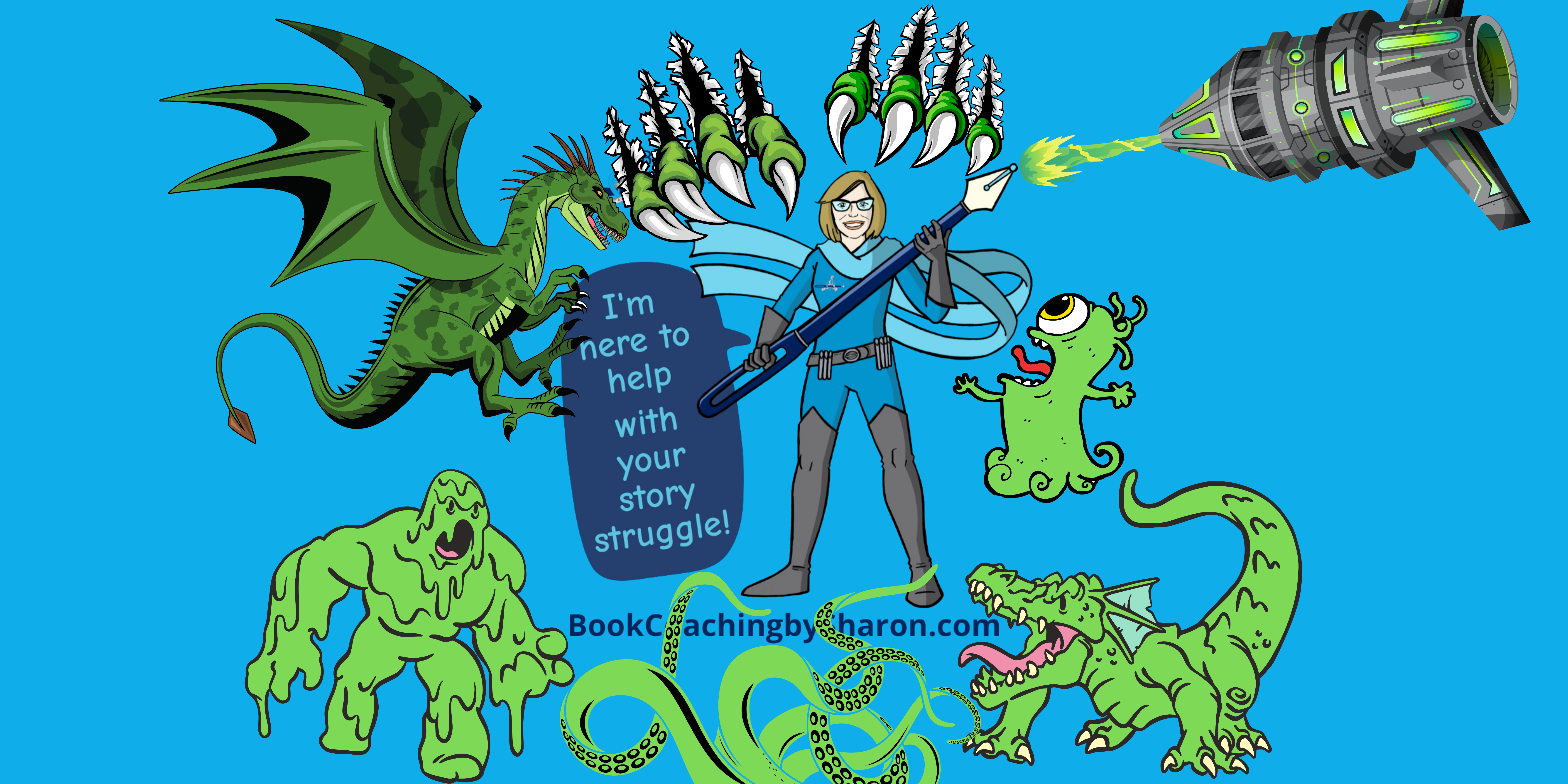CARTOONS
You can learn a lot about storytelling from all types of media, including cartoons.
When it comes to cartoons, my tastes run to the weird side. (Of course!)
Here is some of what I have learned about storytelling from Cartoons.
Some of my favorite cartoons of all time include The Tick, Rocky and Bullwinkle, Dangermouse, Pinky and the Brain, Fractured Fairytales, Invader Zim and Star Trek: Lower Decks. Interestingly, most of these are shows I have watched or watch now as an adult, rather than as a kid. What stands out to me in these cartoons are the oddball characters, antiheroes, witty dialogue, bad puns, and heroic sidekicks.
VILLAINS
When it comes to cartoons, ineffective villains are more likable than those who are able to destroy worlds. We laugh at their foiled plots, and their inability to rally serious henchmen. The imagination of their creators is boundless.
A key takeaway is that these villains are in it to win it. They are dedicated to their nefarious plots, set on “taking over the world” no matter what it costs. They feel entitled to win, whether they do or don’t. Dedication and single-mindedness are key for these characters.
And, as it should be, their reasons for wanting what they want are evident. Whether it’s that they are on a mission from the Tallest, they believe they can do a better job of running things, they are entitled to have what they want, or because they are driven by their own greed or twisted brokenness/misbeliefs, their goals and motivation are clear and present.
HEROES
The same can be said of the heroes and antiheroes. Whether they win by accident, default, or through pure relentlessness, their belief in their purpose is steadfast. They are persistent in their efforts to fight against criminals, Russian spies, or alien monsters.
Consider the Tick, who stumbles and bumbles his way through every episode, coming out on top despite his general ineffectiveness. Or Dib’s perseverance in thwarting Zim’s aim of conquering Earth, despite the rest of the world being oblivious to and disbelieving of the threat.
Fictional characters must believe in their ultimate aims, even when they doubt their own abilities to accomplish those aims.
SIDEKICKS
And their sidekicks or underlings, those important supporting characters, must believe not only in the hero’s (or villain’s) purpose and goal, but in that character’s ability to accomplish it, as well.
Characters who believe in their goals and are motivated to persevere no matter the obstacle keep us engaged and watching for what will happen next.
CHARACTERS DRIVE STORY
As with almost every form of good storytelling, the drivers in these stories are the main characters. Teh heroes and the villains. The sidekicks and the subordinates. There is so much emphasis placed on the characters in most cartoons that the main characters’ names are often right there in the titles.
So, what are we going to do tonight?
Same thing we do every night, Pinky, sit down and write an awesome story with persistent protagonists and vainglorious villains!
* * * To get content like this sent direct to your inbox, sign up for my monthly newsletter.
To get content like this sent direct to your inbox, sign up for my monthly newsletter.
Or follow me on Substack.
For more information on Book Coaching, check out my FAQ page.
If you’re interested in what I write, check out my Author site.
And if you write or want to write children’s books, give the Coaching KidLit podcast a listen.

